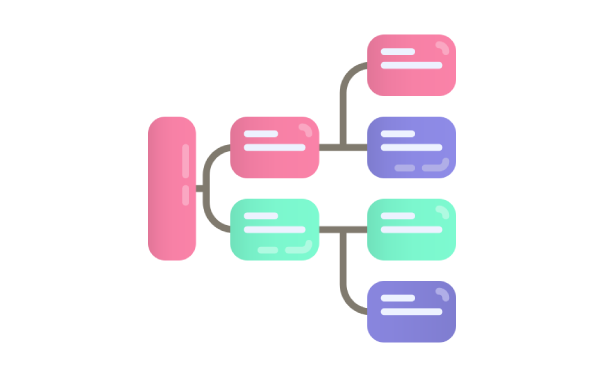From Concept to Reality: Demystifying Website Development
Website development can often seem like a complex and daunting process, especially for those who are unfamiliar with the technical aspects involved. We’re here to break it all down into manageable steps. Let’s explore each stage of the website development process in detail:
Planning and Research
Begin by defining the website’s goals, target audience, and key features. Conduct market research to understand industry trends and competitor websites. Outline the site structure, content requirements, and functionality. Clear planning ensures a solid foundation for the rest of the development process.
Wireframing and Prototyping
Wireframing involves creating a basic layout of the website’s structure, focusing on content hierarchy and navigation. It serves as a blueprint for the user interface. Prototyping takes wireframes a step further by adding visual design elements and interactivity. Prototypes allow stakeholders to visualize the website’s look and feel and provide feedback before development begins.
Front-End Development
Front-end development involves translating the visual design and user interface into code that users interact with. It encompasses elements such as HTML, CSS, and JavaScript to create the layout, style, and interactivity of the website. Front-end developers ensure the website is responsive, accessible, and compatible with various devices and browsers.
Back-End Development
Back-end development focuses on the server-side logic and database management that powers the website’s functionality. This includes setting up server infrastructure, writing server-side code (often using languages like PHP, Python, or Node.js), and managing databases to store and retrieve data. Back-end developers ensure the website functions smoothly and securely, handling user interactions and data processing.
Testing
Testing is a critical phase to identify and address any issues or bugs before the website goes live. This includes functional testing to ensure all features work as intended, cross-browser testing to verify compatibility across different browsers, and performance testing to optimize loading times and responsiveness. User testing may also be conducted to gather feedback on usability and user experience.
Deployment
Deployment is the final stage where the website is launched and made accessible to the public. This involves transferring the website files to a web server, configuring server settings, and setting up domain and hosting services. Deployment also includes final checks to ensure everything is functioning correctly in the live environment. Post-deployment tasks may involve ongoing maintenance, updates, and monitoring.
At HTC, we’ve long mastered every aspect of website development. Whether for an e-commerce platform or an informational site, our expertise ensures a smooth and reliable website that your audience will love.
Download our 17-Piece Digital Marketing Toolkit for more information on our web development services.





